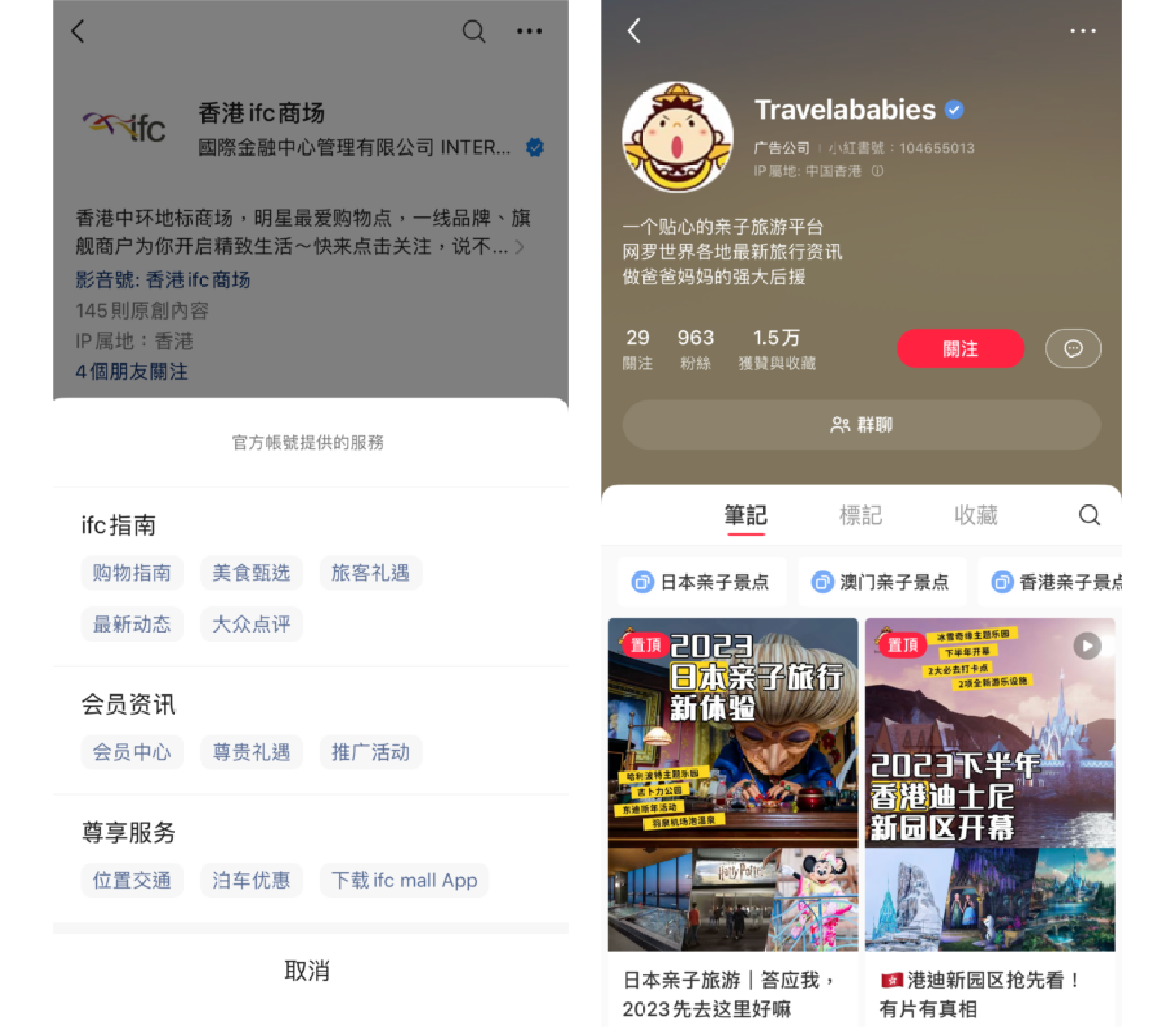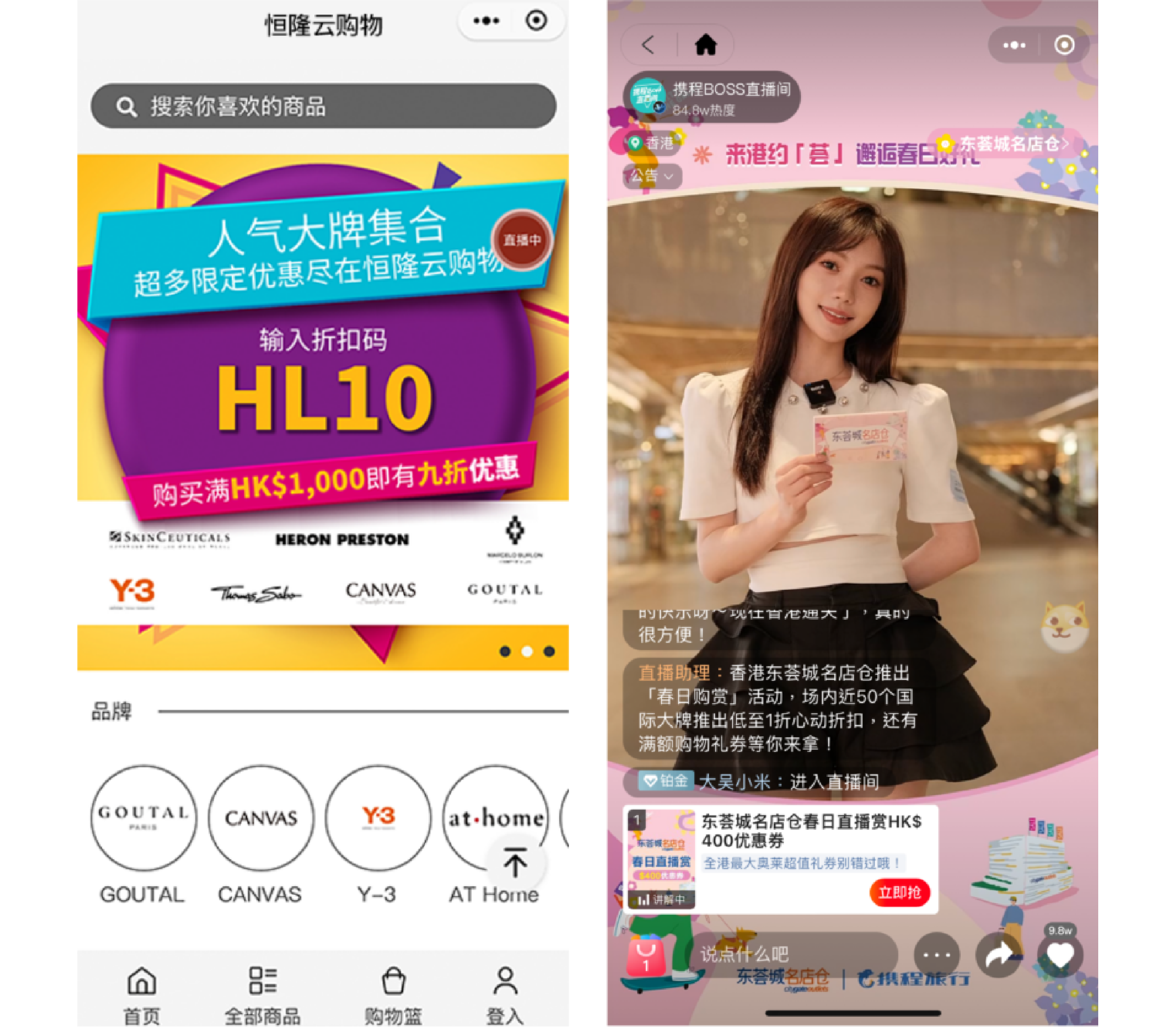It has been almost half a year after China reopening the border for tourism activities, we’ve observed the resumption of international travels and the gradual reinstatement of pre-pandemic travel policies. With the influx of Chinese travellers, it’s crucial for brands to establish a strong presence in China. However, China has a unique online ecosystem, with distinct social media platforms and channels compared to Hong Kong and Taiwan. To effectively navigate China marketing and seize post-border reopening opportunities, consider below key solutions.
Establishing a “Digital Storefront” and Brand Image
Before launching promotions, it is essential to establish a strong brand image and build confidence among travellers. For example, setting up an official WeChat account is equivalent to creating a “digital storefront” targeted at mainland China. This allows users to connect with your brand and gain in-depth official information. Therefore, it’s crucial to develop a comprehensive marketing strategy and maintain an active presence on platforms like Xiaohongshu and Weibo, gradually deepening the audience’s affinity for your brand.

Creating an Interactive Community through Word-of-Mouth Marketing
Xiaohongshu and WeChat are the mainstream social media platforms in China. Xiaohongshu attracts a predominantly younger user base and embodies China’s culture of word-of-mouth marketing. Leveraging influencers (KOLs or KOCs) on Xiaohongshu can shape your brand image and significantly increase exposure through their influence and fan base. On WeChat, which caters users of all age groups, partnering with travel-related media accounts can achieve similar effects. Such accounts enjoy high levels of trust among the public, making promoting key information to different types of travellers easier. Once you’ve attracted users to your official accounts, utilize the platform’s interactive features to keep them engaged, continually promote your brand, and run marketing campaigns.
Targeting Travellers through Online Travel Agents (OTAs)
In addition to placement on search engines like Baidu advertising, consider platforms dedicated to traveller services, such as Ctrip, one of the dominant OTA platforms, popular high-speed rail ticketing platforms, and travel review websites/APPs like Meituan Dianping. These platforms allow more precise targeting on tourists, enabling you to accurately deliver brand messages to your target audience. Tailored advertising solution can also identify travellers who have purchased flight tickets or target travel enthusiasts based on their online behaviours. Furthermore, retargeting and lookalike audience strategies helps you find relevant users and re-engage existing customers, expanding your digital advertising reach and enhancing overall marketing effectiveness.
Offering Incentives and Online Support to Attract Travellers
Chinese netizens heavily rely on WeChat, which is not just a social platform but also a hub of shopping, membership registration, and coupon redemption. WeChat e-commerce is easy to set up, with cross-border payment and pick-up by friend options well-developed. Using WeChat Mini Programs, brands can increase online sales and drive traffic to offline stores. Offering coupons as the core of your WeChat or setting up WeChat H5 campaign pages, can effectively attract mainland Chinese travellers who have yet to visit.

Each Chinese social media platform has a unique content direction. INITSOC’s Shanghai team can produce localized visuals, videos, and multimedia content based on Chinese users’ preferences. Apart from promotion, we can help open official accounts on different platforms and manage ongoing community content. To learn more about China marketing, follow INITSOC, your marketing and strategy consultant, on Facebook and Linkedin. Contact our one-stop marketing experts today to explore the best brand strategy for your business!





